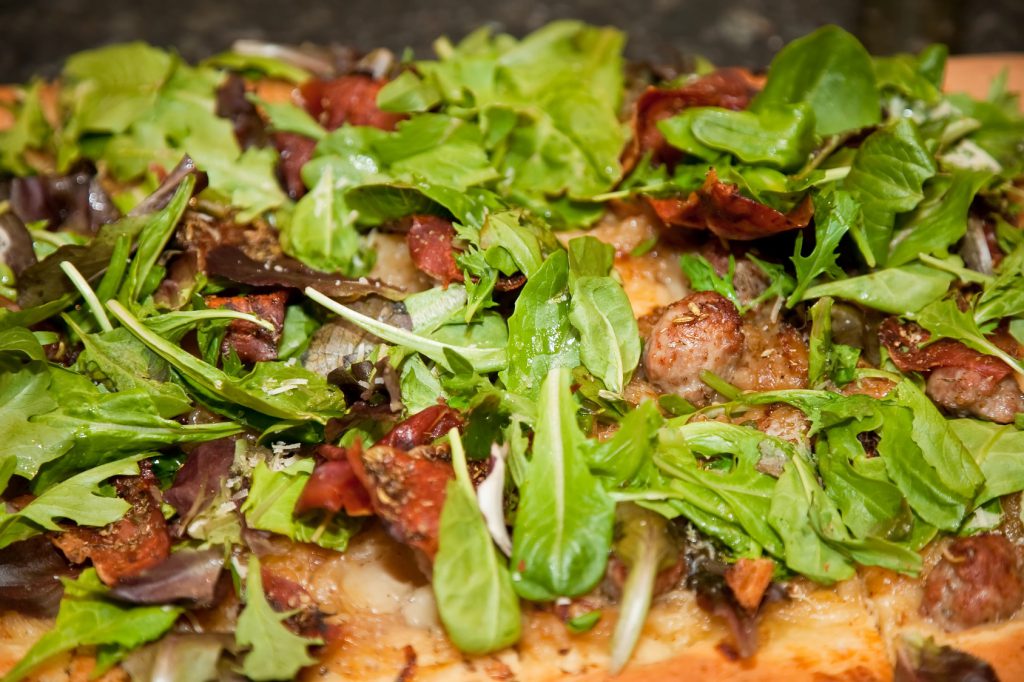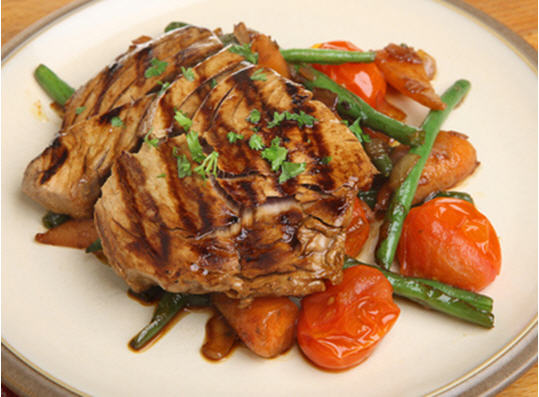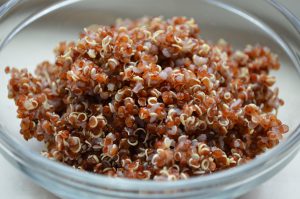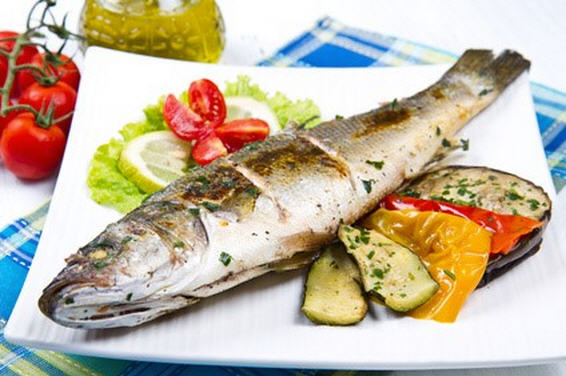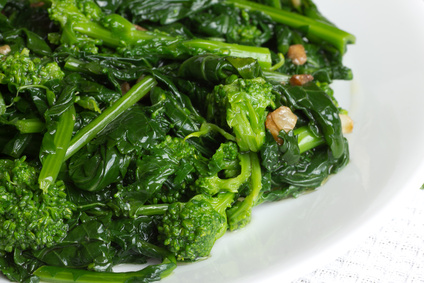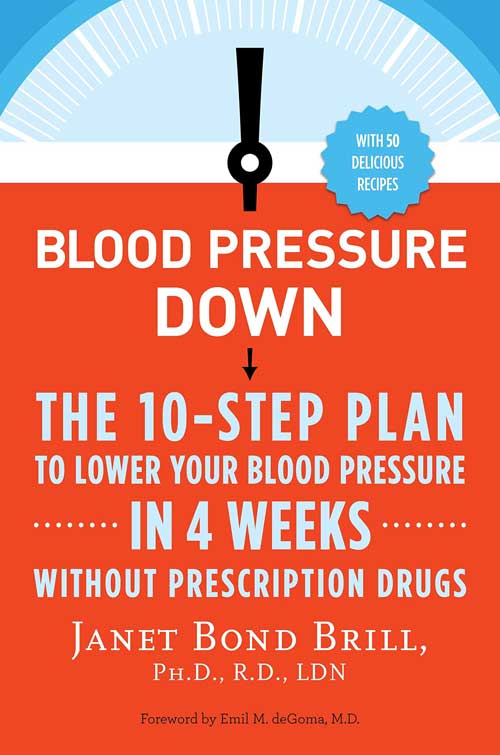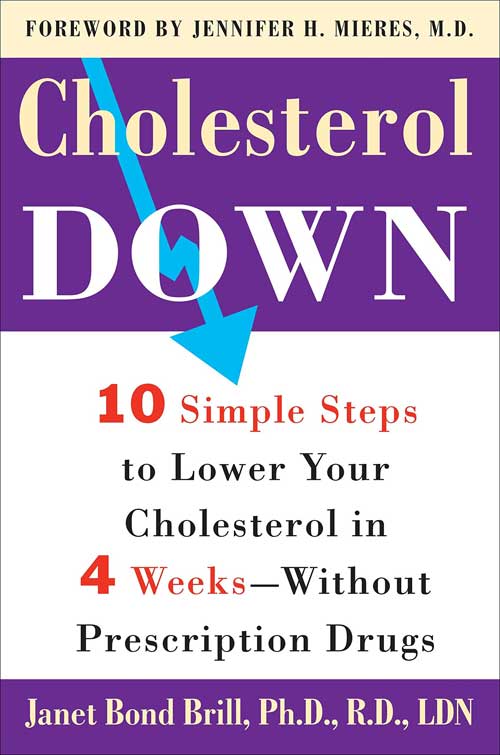By
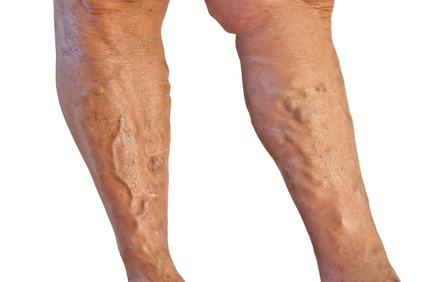

Varicose veins are large, blue, ropy veins just beneath the surface of your skin. They usually occur in the legs, but they can also occur in other parts of the body. The word varicose, which describes the appearance of the veins, comes from the Latin word varix, which means “twisted.â€
Varicose veins are very common, and the Chicago Vein Institute estimates that more than 40 million people in the United States have them. In most cases, varicose veins pose no significant health threat. Although varicose veins are generally considered harmless, they can cause discomfort in the form of pain, itching, and swelling in and around the affected vein. In severe cases they can also cause skin ulcers. If the veins appear in other areas of the body, such as the testicles, they can also disrupt function in those areas.
What Causes Varicose Veins?
Varicose veins are essentially caused by blood pooling in the vein, causing it to swell. To understand how this happens, you should first understand the difference between arteries and veins:
* Arteries have thick muscular walls because they have to withstand the force of the blood pumping from the heart. The muscles in the walls also contract to help push the blood out to all of the tissues and organs in the body.
* Veins have thin walls. Instead of muscles, the veins use a network of valves to keep blood flowing back to the heart. In addition to the valves, the veins also rely on the action of skeletal muscles to maintain blood flow.
Because the veins rely on the contraction of skeletal muscles to keep blood flowing in the right direction, prolonged periods of sitting or standing can cause blood to collect in the lower extremities. Because the walls of the veins are so thin, it’s very easy for the pooled blood cause the walls of the veins to expand. Because the valves inside the veins are just simple flaps, the swelling from the pooled blood can damage them, and prevent them from closing properly. Over time, the combination of all three phenomena results in the varicose veins we all know and love.
Treatments for Varicose Veins
There are several treatment options from natural treatments to medical procedures. Natural treatments could include essential oil formulas designed to reduce the appearance of varicose veins, as well as the pain, swelling, and itching.
Other medical treatments could include surgery to remove the vein, lasers to seal the vein, or a procedure called sclerotherapy, which uses chemical foam to seal the vein.
The treatment you receive could depend on the size and quantity of veins, your age, your health status, and other factors. In some instances you could combine treatments, such as essential oils and sclerotherapy, or surgery for larger veins followed by laser treatments for smaller veins.
You should always consult your physician before pursuing a treatment for your varicose veins.
Prevention
The first thing to remember is that some people have a genetic predisposition to getting varicose veins. This means that you might not be able to completely prevent them, but you might be able to reduce their severity, or reduce the number of varicose veins you develop. Additionally, some of the techniques for preventing varicose veins can also relieve the symptoms if you already have them.
* Avoid sitting or standing still for long periods of time. If you have a job where you must sit or stand in one place, try to walk place every 30 to 60 minutes to stimulate skeletal muscle contractions and keep your blood flowing;
* Exercise regularly. Twenty to 30 minutes a day, three to five days a week is enough to keep your veins healthy. If you can’t exercise in one chunk, try spreading it out into smaller sessions. You can also grab opportunities to move whenever you can, such as parking farther away from your destination or taking the stairs.
* Reduce your salt intake and increase your fiber intake. Salt could cause you to retain water, which can aggravate varicose veins, and constipation, from not eating enough fiber, could actually help cause varicose veins to form.
* When lying down or lounging, elevate your feet and lower legs above chest level to encourage blood flow.

